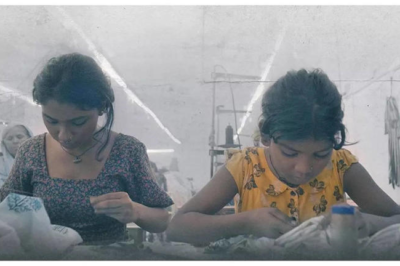
News Summary:
- Vodafone Idea reported a reduced consolidated net loss of Rs 6,432 crore for Q1 FY24-25, down from Rs 7,840 crore in the same period last year.
- The company added 3.8 million 4G subscribers over the past year, with its total 4G subscriber base reaching 126.7 million.
- Vodafone Idea raised Rs 24,000 crore in equity funding this year to support its 4G and 5G network expansion, with planned capex of Rs 50,000-55,000 crore over the next three years.
How is Vodafone Idea Navigating its Financial and Operational Challenges?
Vodafone Idea Limited, India’s third-largest telecom operator, has managed to significantly reduce its consolidated net loss to Rs 6,432 crore for the first quarter of the financial year 2024-2025, down from Rs 7,840 crore in the same quarter last year. This financial improvement comes despite a slight decline in revenue from operations, which fell by 1.3% to Rs 10,508.3 crore compared to the previous year. However, the company’s average revenue per user (ARPU) saw an uptick, rising to Rs 146 from Rs 139, reflecting a positive trend in user spending.
One of the key highlights for Vodafone Idea this quarter is the consistent growth in its 4G subscriber base. For the twelfth consecutive quarter, the company added new 4G users, bringing the total to 126.7 million, an increase of 3.8 million over the past year. This growth is attributed to the company’s ongoing efforts to expand its 4G coverage and capacity, with a target to further increase coverage by 16 million by September 2024.
What does Vodafone Idea’s financial strategy mean for its future?
In a bid to strengthen its financial position and support its network expansion plans, Vodafone Idea successfully raised approximately Rs 24,000 crore in equity funding this year. The funds were generated through various means, including a follow-on public offering (FPO), preferential issuances to its promoter entity and global telecom giants like Nokia and Ericsson, as well as the conversion of optionally convertible debentures (OCDs).
This fresh capital is being directed towards the company’s capex needs, particularly for the enhancement of its 4G and 5G networks. CEO Akshaya Moondra emphasized that this investment is crucial for Vodafone Idea to contribute to India’s digital transformation, particularly in the context of expanding high-quality network coverage across the country. The company’s long-term plan includes a capex of Rs 50,000-55,000 crore over the next three years, with a focus on building robust 4G and 5G infrastructure.
Moreover, the company’s debt position has improved, with total debt from banks and financial institutions decreasing to Rs 4,650 crore, down from Rs 9,200 crore in the previous year. Despite this reduction, Vodafone Idea still faces significant payment obligations to the government, including deferred spectrum payments and AGR liabilities totaling Rs 2,09,520 crore.
Is Vodafone Idea’s recovery sustainable?
While Vodafone Idea has made strides in reducing losses and securing funding for network expansion, challenges remain. The company’s ability to sustain this recovery will largely depend on its success in expanding its subscriber base and enhancing its network quality to compete with industry giants. Additionally, the company acknowledges the need for further tariff rationalization to ensure adequate returns on investment and to support the substantial capital required for ongoing and future projects.
In conclusion, Vodafone Idea’s recent financial and operational achievements reflect a company on the path to recovery, but its future success will hinge on continued strategic investments, effective cost management, and the ability to navigate the competitive landscape of India’s telecom sector. With its focus on 4G and 5G expansion, Vodafone Idea is positioning itself to play a pivotal role in India’s digital future, though challenges remain on the horizon.




































Leave a Reply